So, you’re ready for a winter trip into snowy climes. You’ve prepared your vehicle for a snow trip – and if you haven’t already, read this – but now you’re wondering: how do I actually drive in snowy conditions?
Some people think you need a 4WD vehicle to drive safely to the snowfields, but you don't. All new cars sold in Australia have mandatory traction and skid control systems. These systems, when a car is properly maintained, provide a high level of safety by correcting skidding or loss of control when on slippery surfaces, such as a snow road.
However, while roads to the snow are generally well maintained, when the surface freezes or has a covering of snow, even the best roads can be treacherous. Black ice patches on corners, which can be invisible to the eye in poor light or at night, can catch out even skilled drivers.

An all-wheel-drive, with all wheels providing traction, is an advantage in these types of slippery conditions. There are many lighter-duty AWD SUVs that drive like conventional cars and have ample room for the family, and provide the security of all four wheels providing grip and control. For example, Ford reckons that its AWD Escape's Intelligent All-Wheel Drive system monitors and adjusts the delivery of torque to all four wheels every 16 milliseconds. If a wheel loses grip, the system directs the torque to those wheels that have traction for a greater level of control.
A 2WD car has traction and skid-control systems but, when roads are really slippery, an AWD generally provides a distinct safety advantage over a similar 2WD vehicle.
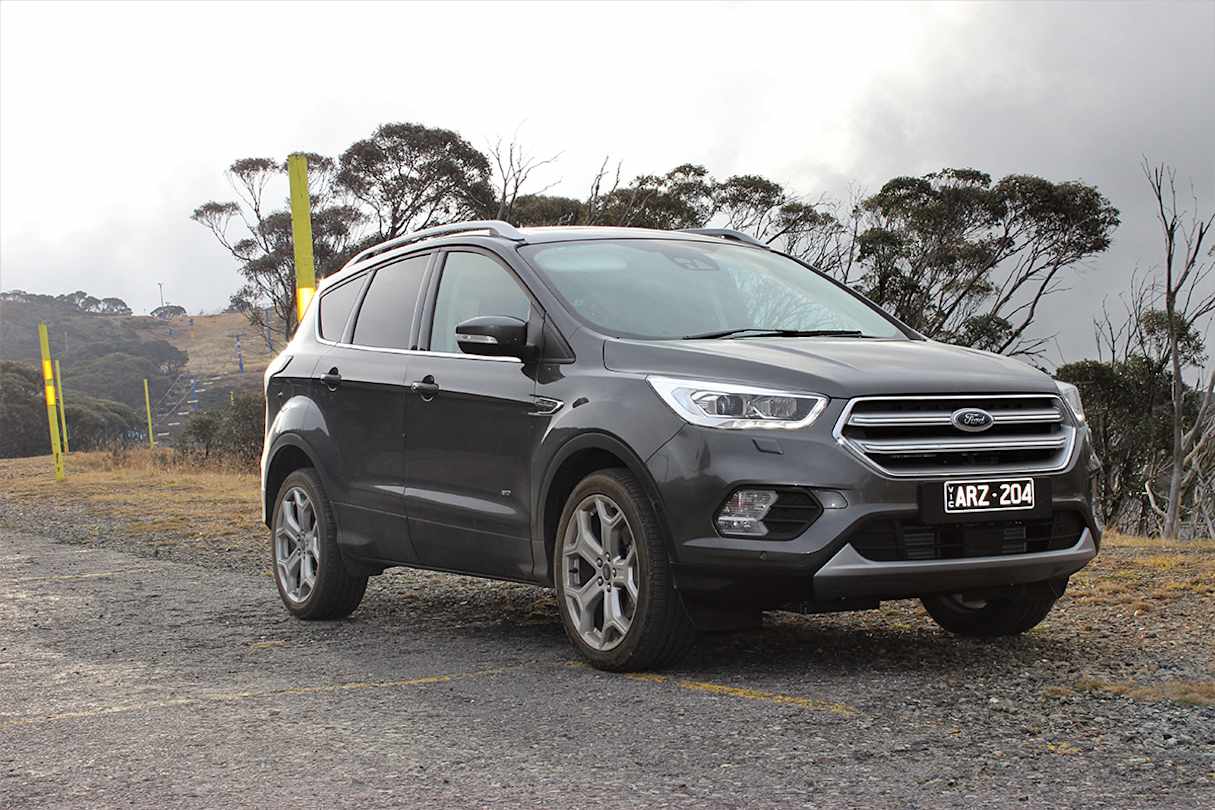
But, use a few pieces of essential equipment and follow some basic, common-sense principles when driving in the snow and, no matter what vehicle you’re in, you’ll be able to do so as safely as possible.
Note: the following advice applies to driving on blacktop to and from the snowfields in snowy conditions; this yarn is by no means a guide to off-roading in the snow, though some principles presented here may also apply to that. (Don't worry – we'll get a yarn up about how to drive off-road in the snow soon.)
Put snow chains on your tyres
In Victoria and NSW, you are required to carry chains if heading into any of the alpine resort regions in the winter season, and can be fined if you don’t fit them where directed. This also applies to 4WD vehicles (see Alpine Resorts (Management) Regulations 2009, Vic.)

Before fitting and using snow chains, read your car's owner's manual as vehicle manufacturers will generally provide instruction on how to best fit and use snow chains on that particular variant.
Fit the chains to the driving wheels: that is, to the front wheels if your car is front-wheel-drive, to the rear for rear-drive cars, and to the front wheels for all-wheel-drive (4WD) cars.
Chains can be hired and are quite easily fitted, but buy your own set and you'll be sure you’ve got the right chains for your exact wheel size. A set of chains is not a big expense.
Test-fit snow chains at home before you set off so that you know how to correctly fit them to the tyres.
Pack a torch, towel and gloves in your car; your fingers will freeze while you’re fumbling with the chains' metal links.
Use level chain-fitting bays to fit the chains or you may find yourself in trouble trying to fit them on uneven, soft ground at the side of the road. Or, worse, have yourself dangerously exposed to passing traffic.
Once snow chains are fitted, adjust your driving style. Chains alter the feel of the car and the way it turns and brakes. With chains fitted, drive no faster than 40km/h.
Slow down in the snow
No matter how great the safety tech in any vehicle is, it is no match for driver skill, experience or, indeed, patience.
When driving on icy roads, slow down and drive as smoothly as possible – avoiding rapid acceleration and braking – as the objective is to always maintain maximum grip.

Look well ahead of your vehicle so that you can avoid hard braking, keep revs down to reduce the risk of wheelspin and corner carefully without rapid or abrupt changes in direction.
The stopping distance for a car on icy roads can be 10 times the normal stopping distances, so leave a gap of three to four car-lengths between your car and the one in front.
Controlling your car when it skids in the snow
If you do feel the car start to skid, immediately lift your foot off the accelerator and simply let the speed wash off; don’t jump on the brakes, as this will only worsen the severity of the slide, and/or prolong it.
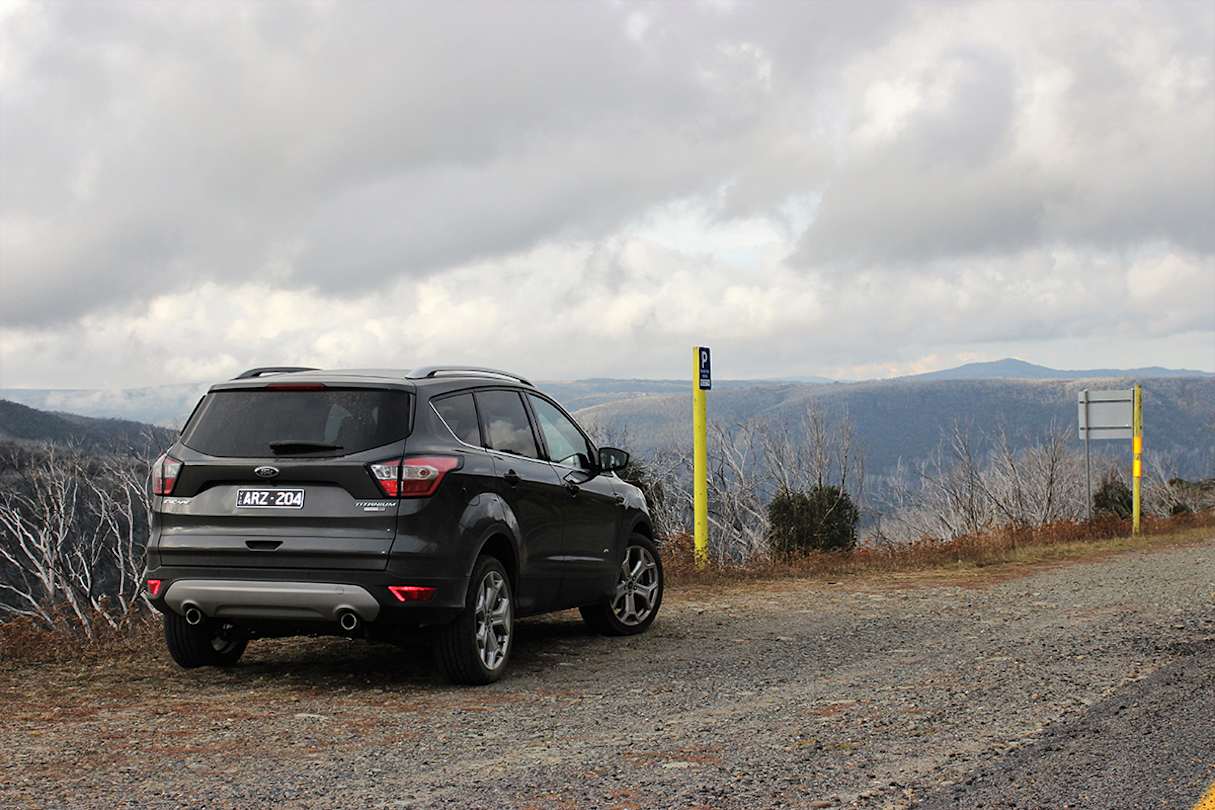
When to use your car's foglights in the snow
Fog or snowy conditions severely restrict visibility – you can easily lose sight of the edge of the road if travelling too quickly – so remember, in these circumstances, low-speed driving is safe driving.
In low-visibility, cold-weather conditions use your car's fog lights, which are mounted lower to the road, rather than headlights. If you don’t have fog lights, use your headlights on low beam; in very heavy fog, also put your hazard lights on.








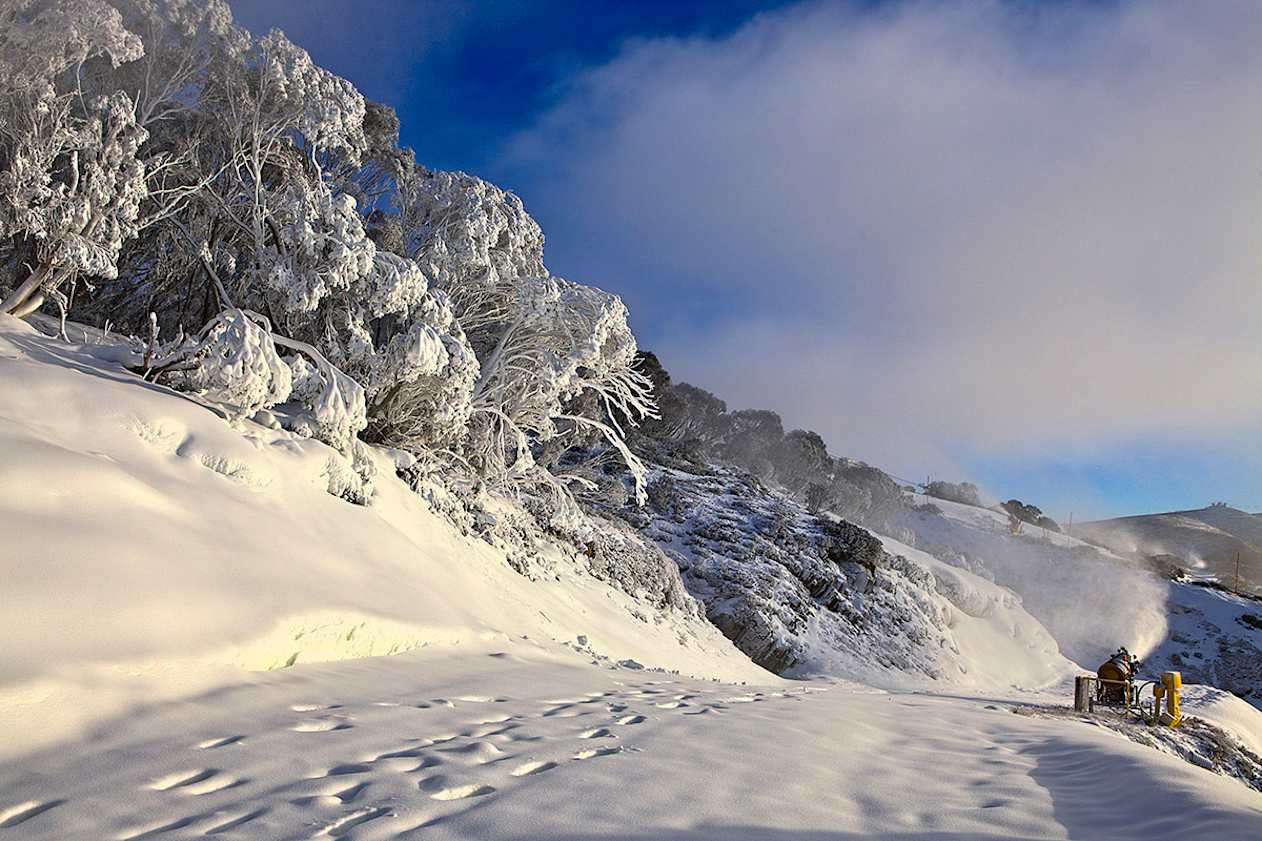

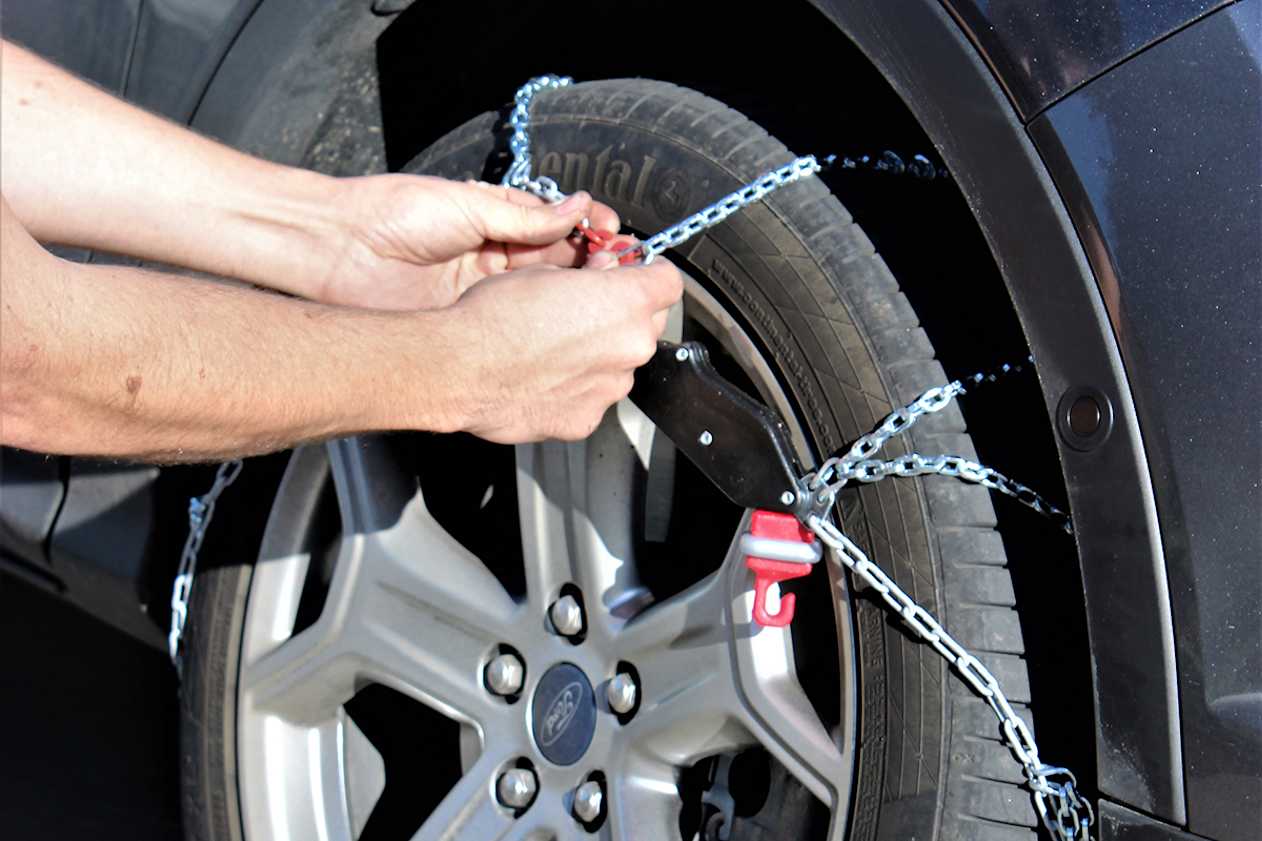
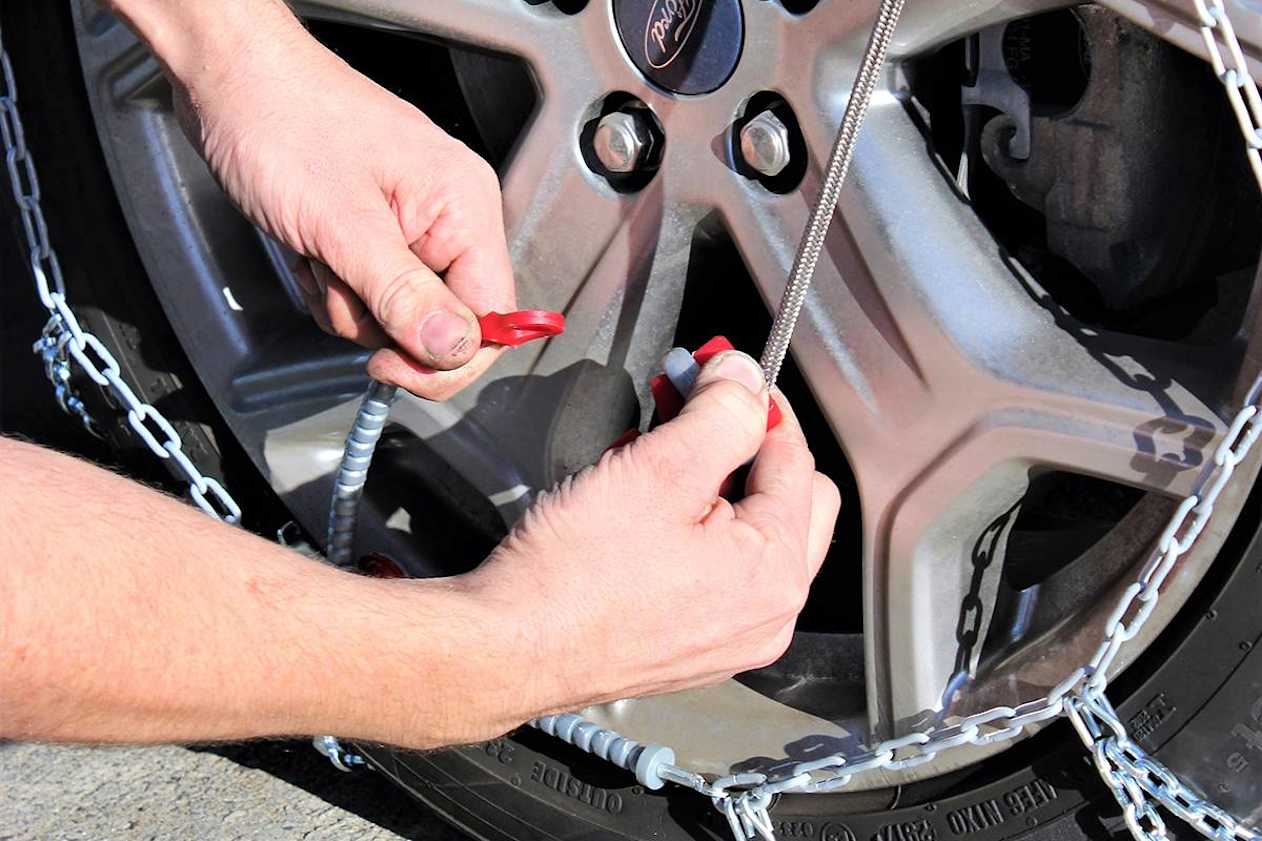



.jpg)

